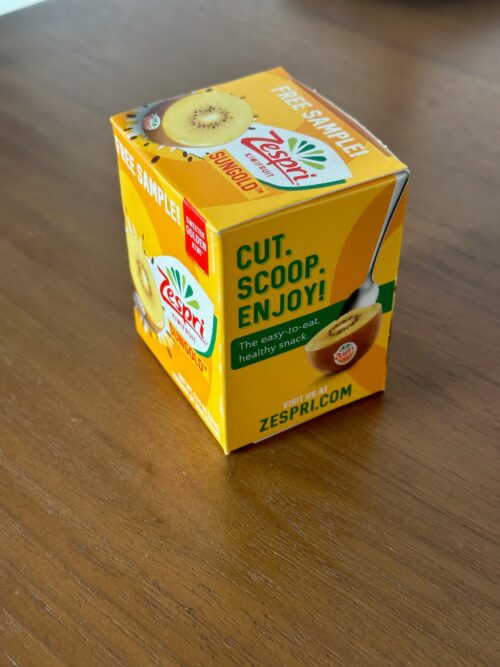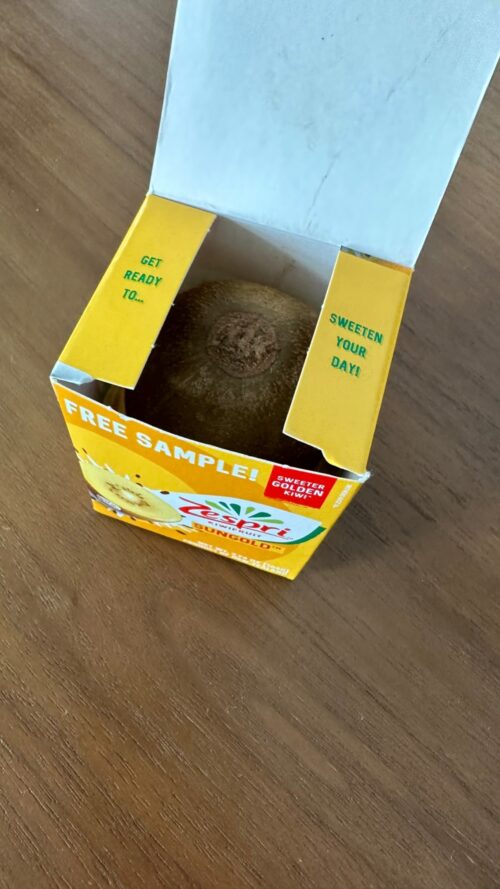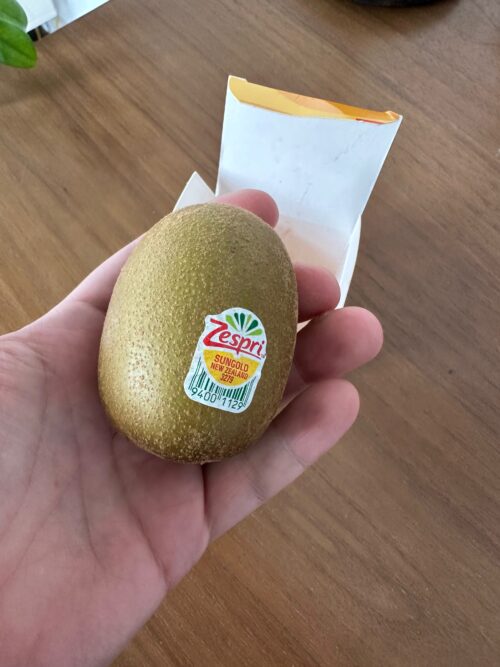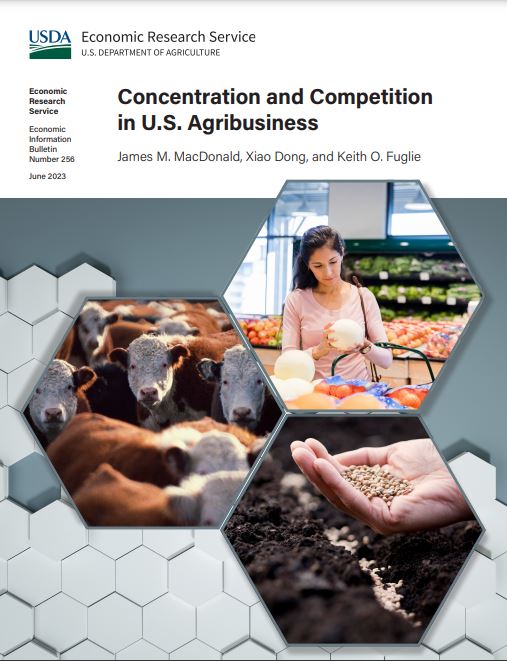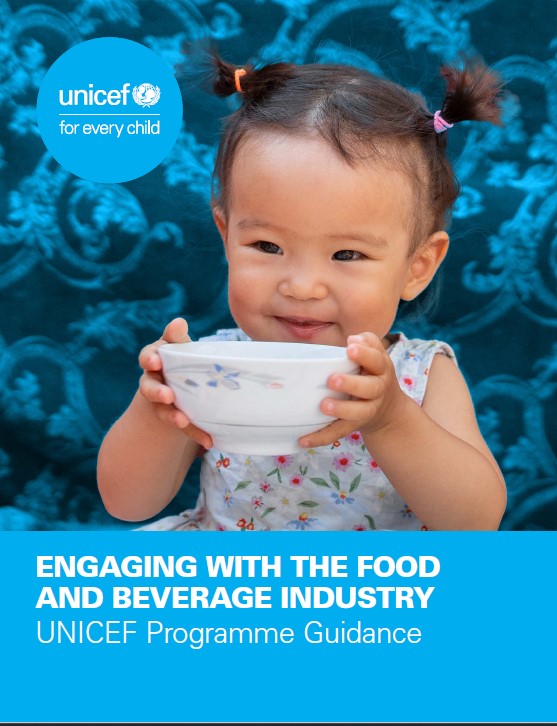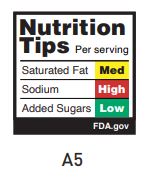Weekend reading: is aspartame a carcinogen?
The long-awaited report on aspartame from the International Agency for Research on Cancer and the WHO and FAO Joint Expert Committee on Food Additives (JECFA) are now out. These agencies jointly issued two documents.
Citing “limited evidence” for carcinogenicity in humans, IARC classified aspartame as possibly carcinogenic to humans (IARC Group 2B) and JECFA reaffirmed the acceptable daily intake of 40 mg/kg body weight.
- The [IARC] working group classified aspartame as possibly carcinogenic to humans (Group 2B) based on limited evidence for cancer in humans (for hepatocellular carcinoma, a type of liver cancer)…There was also limited evidence for cancer in experimental animals…In addition, there was limited mechanistic evidence that aspartame exhibits key characteristics of carcinogens, based on consistent and coherent evidence that aspartame induces oxidative stress in experimental systems and suggestive evidence that aspartame induces chronic inflammation and alters cell proliferation, cell death and nutrient supply in experimental systems.
- The [JEFCA] Committee concluded that the data evaluated during the meeting indicated no reason to change the previously established acceptable daily intake (ADI) of 0–40 mg/kg body weight for aspartame. The Committee therefore reaffirmed the ADI of 0–40 mg/kg body weight for aspartame…Based on the results of the oral carcinogenicity studies of aspartame, the absence of evidence of genotoxicity, and a lack of evidence on a mechanism by which oral exposure to aspartame could induce cancer, the Committee concluded that it is not possible to establish a link between aspartame exposure in animals and the appearance of cancer.
If this feels crazy-making, I’m with you.
For starters, I’ve never seen a scientific report released this way—essentially by leakage and press release before the research is published where it can be reviewed independently.
To summarize the chronology:
- June 29: Reuters releases leaked information that aspartame is soon to be declared a carcinogen (I wrote about this in a post on July 6)
- June 29: American Beverage Association releases statement: “There is a broad consensus in the scientific and regulatory community that aspartame is safe.”
- July 1: Vox publishes a an article with the provocative title, “The WHO is about to declare aspartame can cause cancer. Here’s why you should listen.”
- July 12: Reporters tell me that they participated in a press conference with WHO and IARC to discuss what the reports will say when they are released at 12:30 a.m. ET on July 14.
- July 12: Anahad O’Connor writes in the Washington Post: “Does aspartame pose a health risk? Here’s what the science says” (I’m quoted in it).
- July 12 and 13: The agencies send reporters copies of press releases on embargo (see above), but not the published data.
- July 13: Reporters get copies of a statement from the FDA disagreeing with IARC.
- July 14: Everything comes off embargo, including these four pieces:
- Research article in Lancet Oncology: Carcinogenicity of aspartame, isoeugenol, and methyleugenol
- Infographic
- Q & A
- Featured News page on the evaluation of aspartame
Here’s what I think of all this: if aspartame is a carcinogen, it’s a weak one.
But it is artificial and off my dietary radar. It’s not essential in human diets. I don’t like its taste and I don’t like all the iffy questions about how it is metabolized. I avoid it.
You don’t want to avoid it? JEFCA says you can have 9 to 14 cans of diet soda a day without exceeding tolerable limits. If you want one once in a while, it is highly unlikely to hurt you.
But a much better idea is getting out of the sweetened-drinks habit. If you must have something sweet to drink, try adding fruit juice to water.


